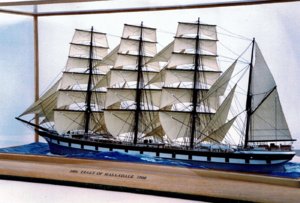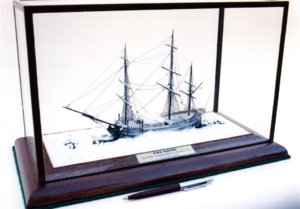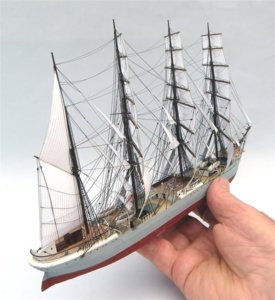- Joined
- Jun 30, 2012
- Messages
- 1,418
- Points
- 433

Falls of Halladale - 16 feet to 1 inch (1/192)
This is a model that was built when I was still struggling in 1993, having quit the rat-race of full-time employment the previous year for a more subdued life as a ship model builder and writer. Initially valued by Christie's auction house, London at £900 - £1,200, it failed to sell at the first two auctions, being withdrawn by the auctioneer after bidding had reached £500. At the next sale, it was again withdrawn, having only got up to £200! It finally sold on the third sale for £300! Similar models that I built years ago are now fetching enormous prices when they re-appear from time to time.

This is a model that was built when I was still struggling in 1993, having quit the rat-race of full-time employment the previous year for a more subdued life as a ship model builder and writer. Initially valued by Christie's auction house, London at £900 - £1,200, it failed to sell at the first two auctions, being withdrawn by the auctioneer after bidding had reached £500. At the next sale, it was again withdrawn, having only got up to £200! It finally sold on the third sale for £300! Similar models that I built years ago are now fetching enormous prices when they re-appear from time to time.












